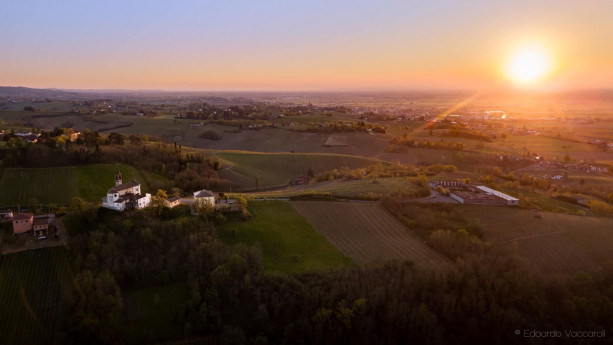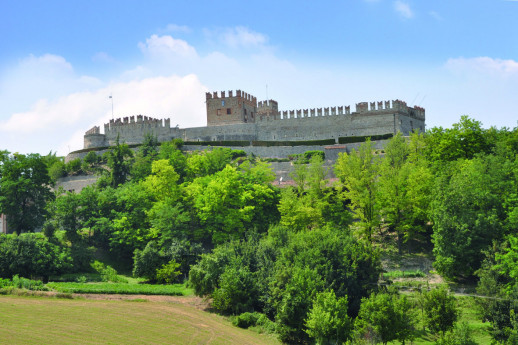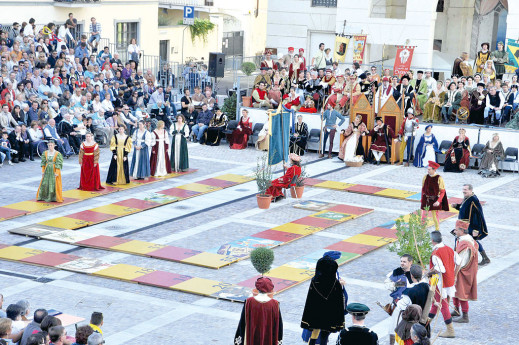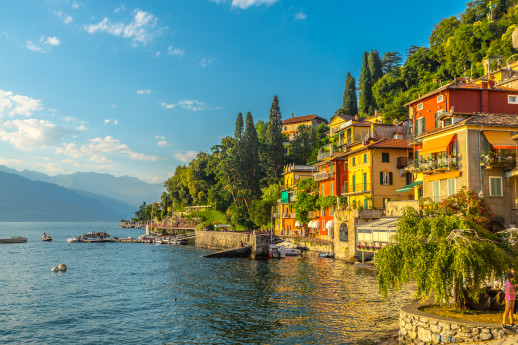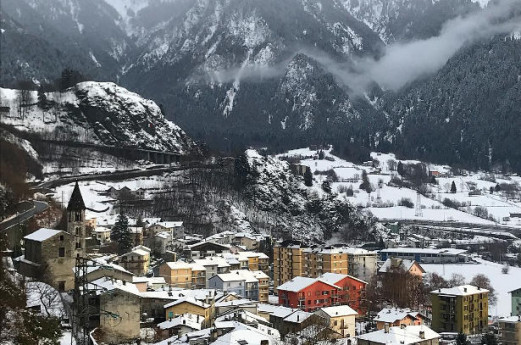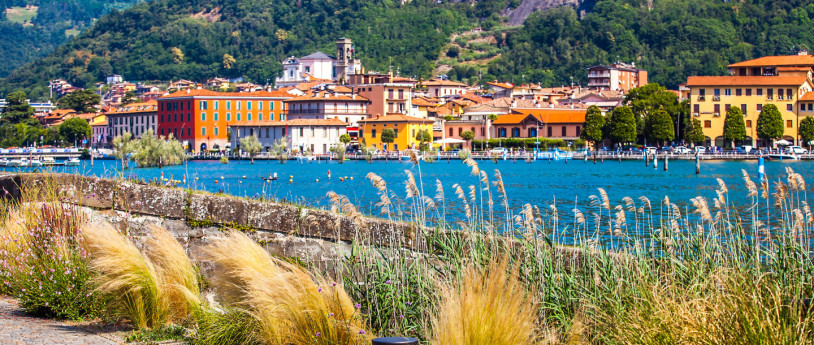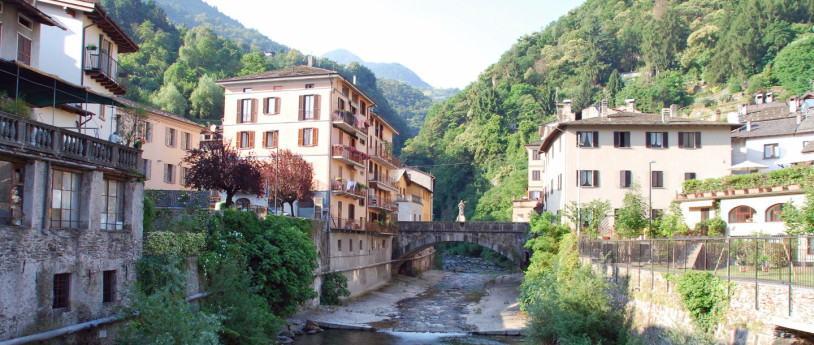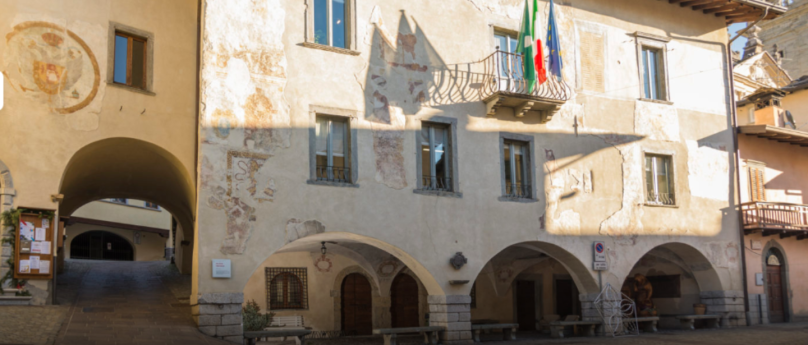Corvino San Quirico
Corvino San Quirico is a small municipality located in the heart of the Oltrepò Pavese, in the province of Pavia. With a population of fewer than 1,000 inhabitants, this village sits on a hill overlooking the surrounding plain, offering breathtaking views of the Lombard countryside. The town is known for its characteristic rural landscape, dotted with vineyards that produce some of the region's finest wines. Viticulture is one of the main economic resources of the area, and the local wineries are a point of reference for wine lovers. Named Corvino until May 20, 1871, it became Corvino San Quirico, taking the name of the patron saint of the parish church (Quirico was the son of Giulietta, who, along with him, was martyred in Greece in the 4th century AD). The toponym "Corvino" may reflect either a Latin or medieval personal name, Corvino. Scholars in the past interpreted it as a reference to M. Valerius Messala Corvino, who is believed to have had possessions in the area. Since 936, it was owned by the Monastery of San Salvatore in Pavia, having been donated by Emperor Otto. It later became part of the Casteggio fief, which was dismantled in 1470 and assigned to the Arcimboldi family. In 1504, it passed to the Mezzabarba family, who obtained the countship title in 1602. The territory of the municipality is nearly identical to that of the parish (with the exception of the Casa Chiodi hamlet). It is populated by various groups of houses stretching from the plain to the hilltops of Oltrepò Pavese. Source: Comune di Corvino San Quirico Photo: Edoardo Vaccaroli
